Sports Injury Treatment in Ahmedabad
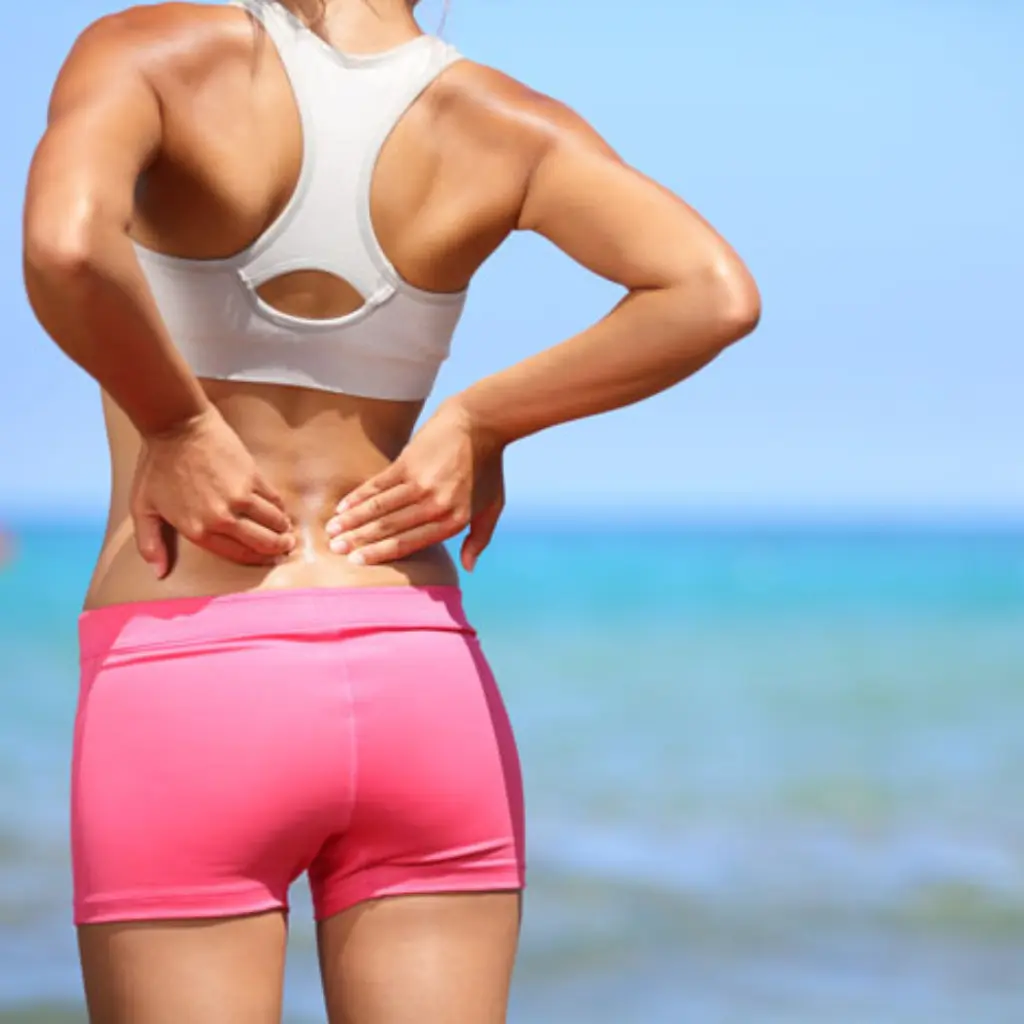
About Sports Injuries
Sports injuries are of two types. Acute injuries and Chronic overuse injuries. These chronic injuries are more common and affect the physical ability of athletes.Commonly affected body parts are the shoulder, elbow, knee, and foot. Other less common areas are the back, hip, wrist, and neck.
The most common cause of overuse athletic injuries is Repetitive Strain Injury. Along with this there is continued athletic participation despite symptoms associated with another injury. These types of injuries less affect the bony parts and more affect the musculotendinous parts of our body.
Types of Injuries
Tendon Injuries
Tendons are strong bands or cords of tissue that attach muscle to bone. They help move the bones and joints when muscles contract. The main types of tendon injury are:
Inflammation of a tendon
The gradual deterioration of a tendon
Inflammation of the protective sheath that surrounds a tendon
Tendon injuries usually happen during sports or activities that involve sudden, sharp movements, such as throwing or jumping, or after repeated overuse of the tendons, such as running. They can also be caused by repetitive daily activities, these is known as Repetitive Strain Injuries.
Muscle Injuries
A strain occurs when muscle fibres stretch or tear. They usually occur when the muscle has been stretched beyond its limits or it has been forced to contract (shorten) too quickly. Muscle strains are particularly common in the legs and back, such as hamstring strain and lumbar (lower back) strains.
Symptoms of
a Muscle Strain
- Pain in the affected muscle
- Swelling
- Bruising
- Muscle spasms (when the muscles contract tightly and painfully)
- Loss of some or all of the function in the affected muscle
- Blood collecting under the skin at the site of the strain – this is known as a haematoma, and it may look like a large, dark-red bruise
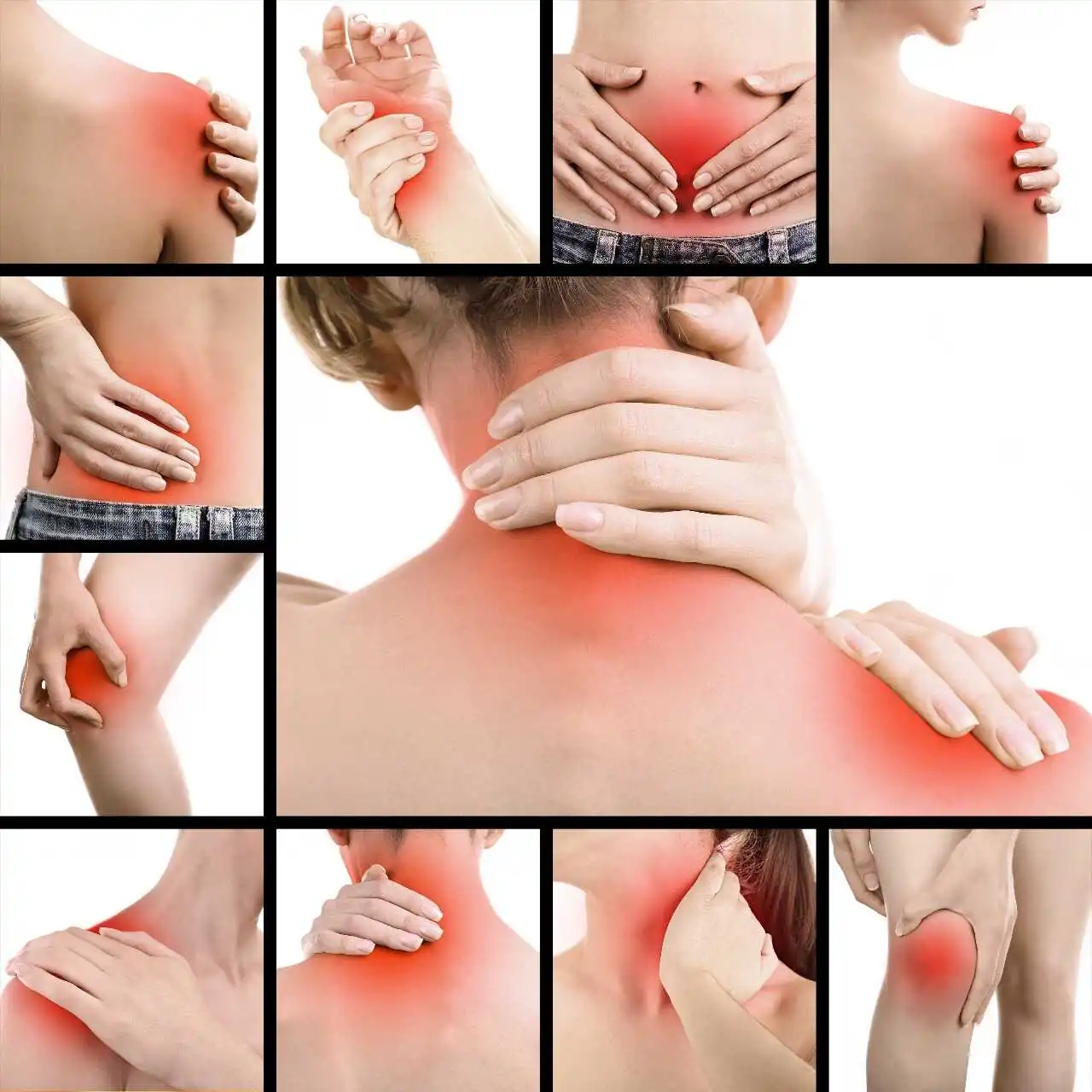
Treatment
Medical Management
Avoid activities that cause pain, swelling or discomfort — but don’t give up all physical activity. While you’re healing, try low-impact exercises, such as swimming, bicycling or water running. Take a break from strenuous activities and allow the damaged tissues to repair. If symptoms worsen, consult your doctor.
For the first few days after the injury, put an ice pack on the injured area for 15 to 20 minutes. Cold reduces pain, swelling and inflammation in injured muscles, joints and connective tissues. If your skin turns white when it’s being iced, stop treatment immediately. If you have vascular disease, diabetes or decreased sensation, talk with your doctor before applying ice.
Compression of the affected area is required in ligament sprain and muscle strain types of injuries. Compression helps to reduce the oedema and pain of affected area. Wrap your hand or leg with an elastic compression bandage until the swelling goes down. Be careful not to wrap your leg too tightly for you may impair circulation.
This is mainly applicable to limb injuries. Many times, hand can be elevated above the level of heart by applying sling and resting hand over the opposite shoulder. If possible, elevate your leg higher than the level of your heart. Gravity helps reduce swelling by draining excess fluid and reduce the intensity of pain.
Try pain killer medicine which can reduce pain and inflammation. Many times, this medication are more useful for acute pain of injuries but it is for long standing chronic “Repetitive Strain Injuries” these types of NSAID are not much more effective for long term pain relief.
Though it is not useful in acute pain, it can be started after the intensity of pain reduces. It can be started with gradual stretching exercises followed by strengthening of muscles. This therapy should be taken under the guidance of a qualified physiotherapist doctor. Consistent practice of these exercises helps improve flexibility and muscle function.
Interventional Pain Management
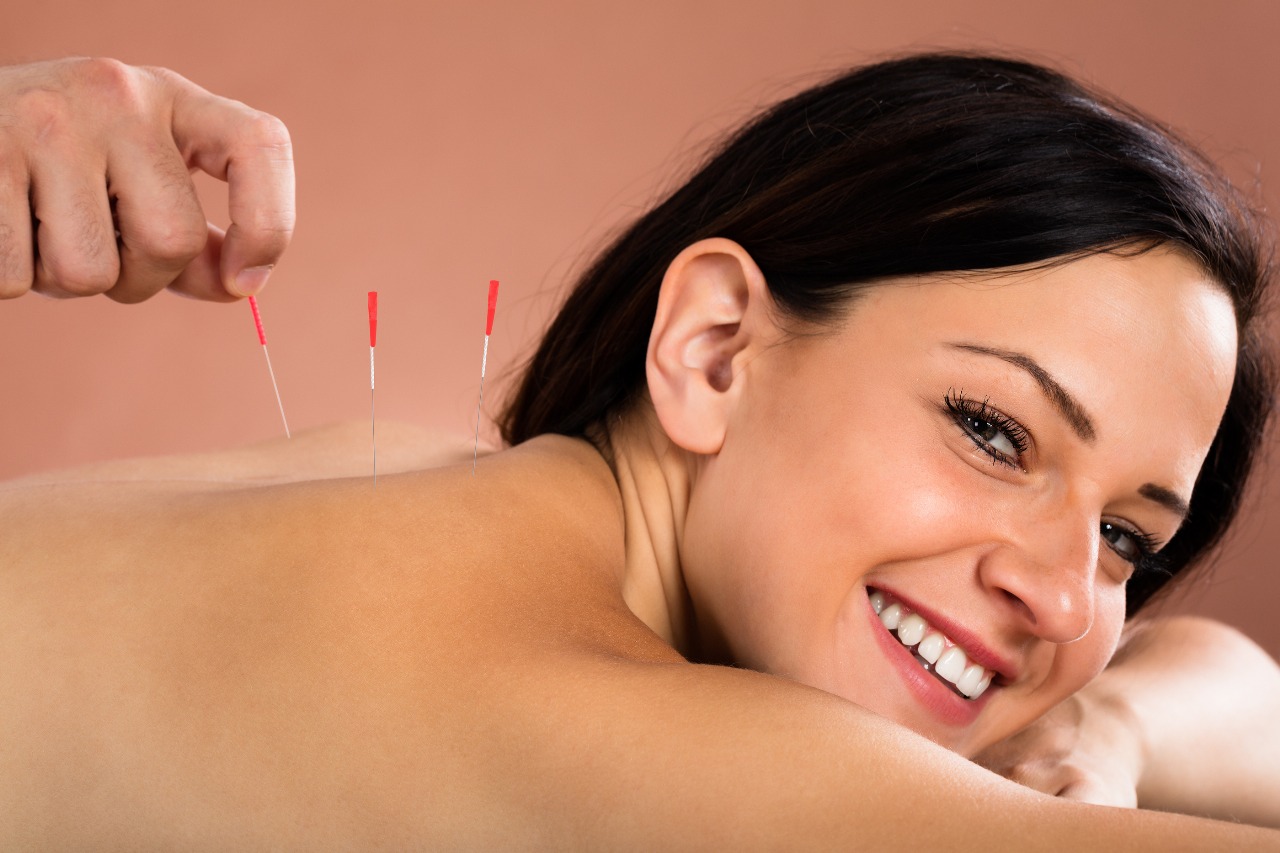
Dry Needling
Dry needling is mainly used to treat myofascial trigger points. Basically its a part of treatment in pain management. Many times after procedure of cervical or lumber spine patient may have some underlying silent myofascial trigger points, which can be treated with Dry needling. In this technique our doctor identify the spot and insert very tiny needle in muscle and it breaks the trigger point. This treatment mainly works by decrease muscle tightness, increase blood flow and reduce inflammatory mediators from trigger points area of muscle.
Kinesiology Tapping
A thin elastic tape used to reduce pain and swelling. It is mainly used by rehabilitation specialist after completion of main treatment of pain management procedure like PRP or BMAC. It works by stretching of skin, reduce the movement of fascia and improve the lymphatic drainage from inflamed area and reduce the intensity of pain.
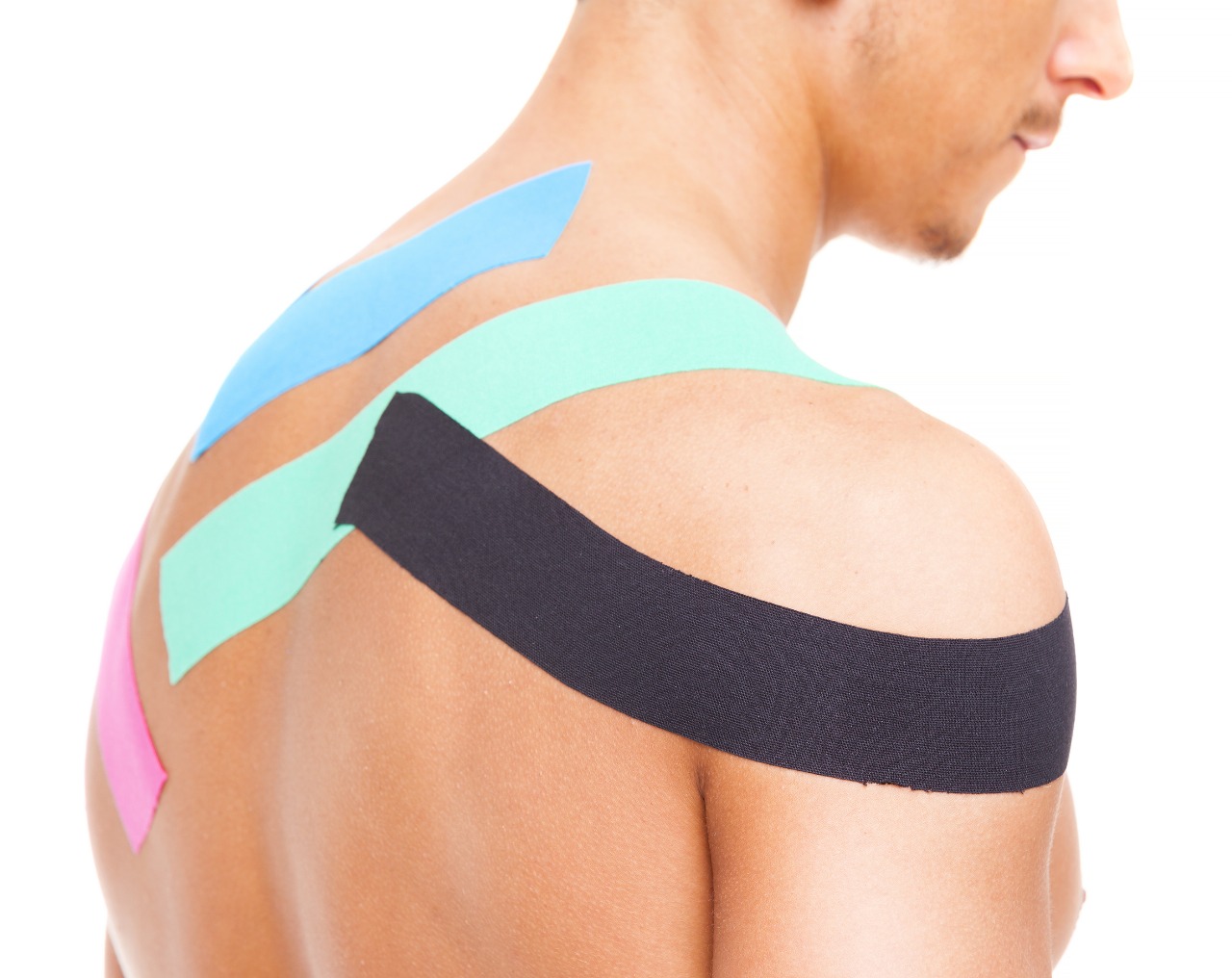
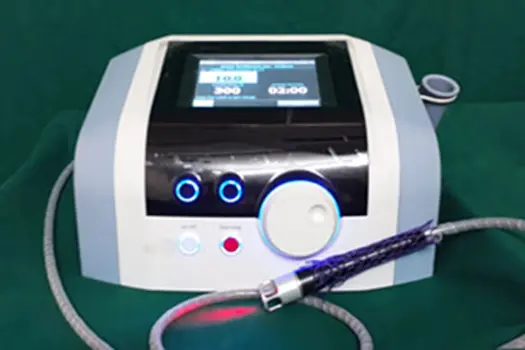
CLASS 4 HIGH INTENSITY LASER:
At our centre Impulse Pain Clinic, we are managing sports related injuries which is chronic and player is not able to do sports activity. Our modalities of treatment are with some advanced machine (Class 4 LASER & ESWL) which has powerful capacity of healing damaged tissue and some interventional pain management treatment in form of Biologics (PRP & BMAC)
Why it called a High Intensity?
The output power of a High-intensity laser is 30 to 50 times higher than the conventional cold laser and LLLT (Low-level laser therapy). It has a wavelength of 1064 nm and has a higher tissue penetration power with almost 10 cm depth.
The laser principle consists of converting the energy supplied to light that is coherent, and monochromatic. A laser beam transmits a large amount of energy which is converted mainly into heat. Laser has two modes of treatment.
Analgesia
This process helps interrupt the transmission of pain signals to the brain, reducing the sensation of discomfort. Techniques like massage, pressure, or tapping can stimulate these nerve endings and promote natural pain relief. It is a non-invasive approach that can be effective in chronic pain.
Bio stimulation
The light is absorbed by the cell and photon energy induces photochemical changes in the cell. Mitochondria of the cells are stimulated to produce the ATP. Both effects led to faster healing of the tissue. Laser energy also affects the increased activity of fibroblasts, collagen synthesis, angiogenesis and that it promotes the formation of new cells. It also improves the local microcirculation.
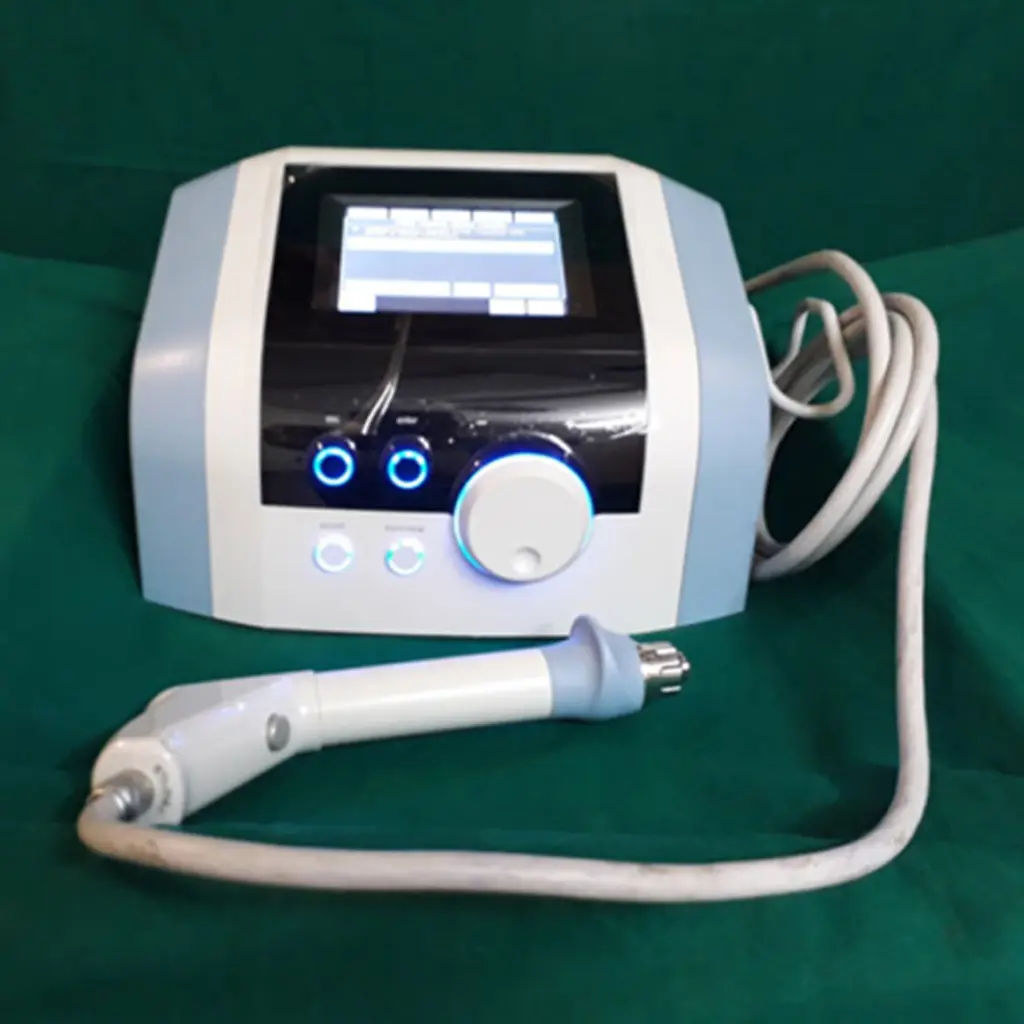
A shockwave is an acoustic wave which carries high energy to painful spots and musculotendinous tissue with subacute, sub chronic & chronic pain. The therapy promotes regenerating and reparative processes of bones, tendons and other soft tissue.
- It eliminates the pain by reducing the muscle spasms. The reduction of substance P concentration in the tissue will reduces the pain and oedema in the affected area.
- It accelerates the healing by increase production of collagen which is required for the repair processes to the damaged musculotendinous and ligamentous structure.
- The ESWL technology accelerates removal of nociceptive metabolites, increases oxygenation and improves the blood microcirculation to the damaged tissue with a source of energy. It supports removal of histamine, lactic acid and other irritating agents.
- The ESWL technology dissolves calcified fibroblasts and starts subsequent biochemical decalcification of primary calcification and secondary symptoms of arthrosis. This process helps to reduce pain, improve joint mobility, and promote tissue healing. We can also prevent further degeneration of the affected joints.
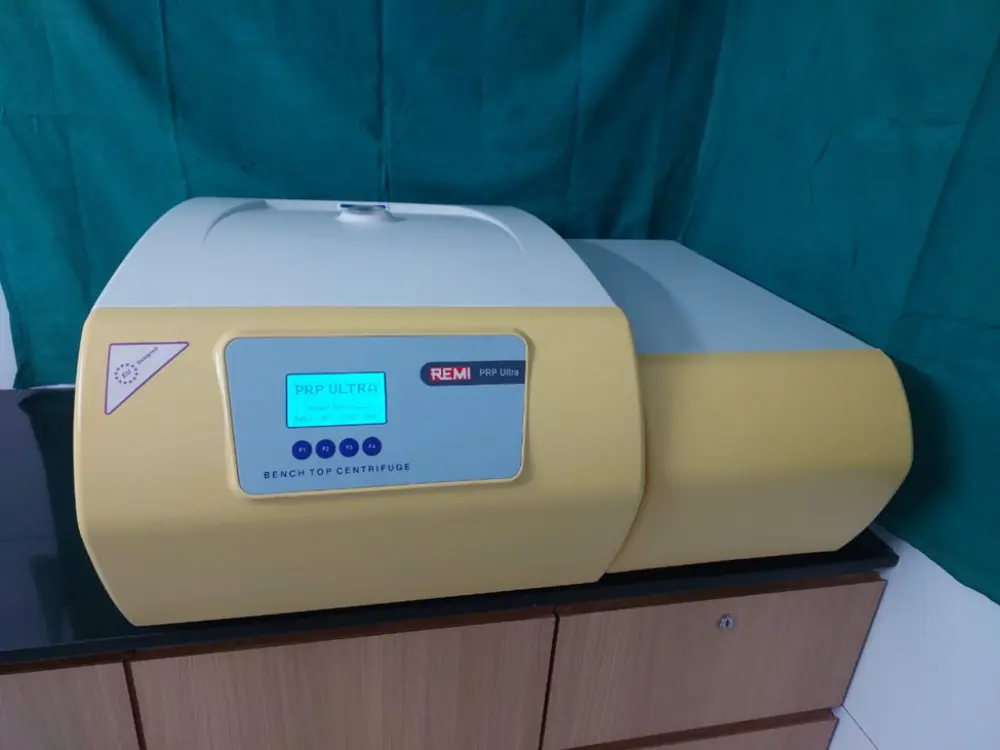
PRP treatment is is already gaining huge attention of the athletes and all the sportsmen worldwide. It is consider as a “Biological Treatment“and it is approved treatment for painful musculoskeletal condition by World Anti-Doping Agency (WADA).
PRP is a part of our blood. Platelets contain various growth factors which is required for faster biological healing process. It helps to produce good fibrosis followed by natural tissue healing.
Usually we do PRP treatment by collecting 20 to 40 ml of the patients own blood and processed in USFDA approved specific PRP kit in refrigerated centrifuge machine.
After first cycle RBC & PLASMA being separated then in second cycle 4 to 6 ml of PRP is concentrated in lower part of plasma. Which is taken in the disposable syringe and injected in to the affected tissue of the patients.
We do all procedure under USG, Live x-ray or CT scan guidance for better perfection and targeted treatment.

Bone marrow aspirate concentrate is a biologic therapy for treating musculoskeletal injuries like partial or interstitial tear in tendon, ligament or muscle. A healthcare provider extracts it from your bone marrow and injects it into your injured tissues to help them repair and heal.
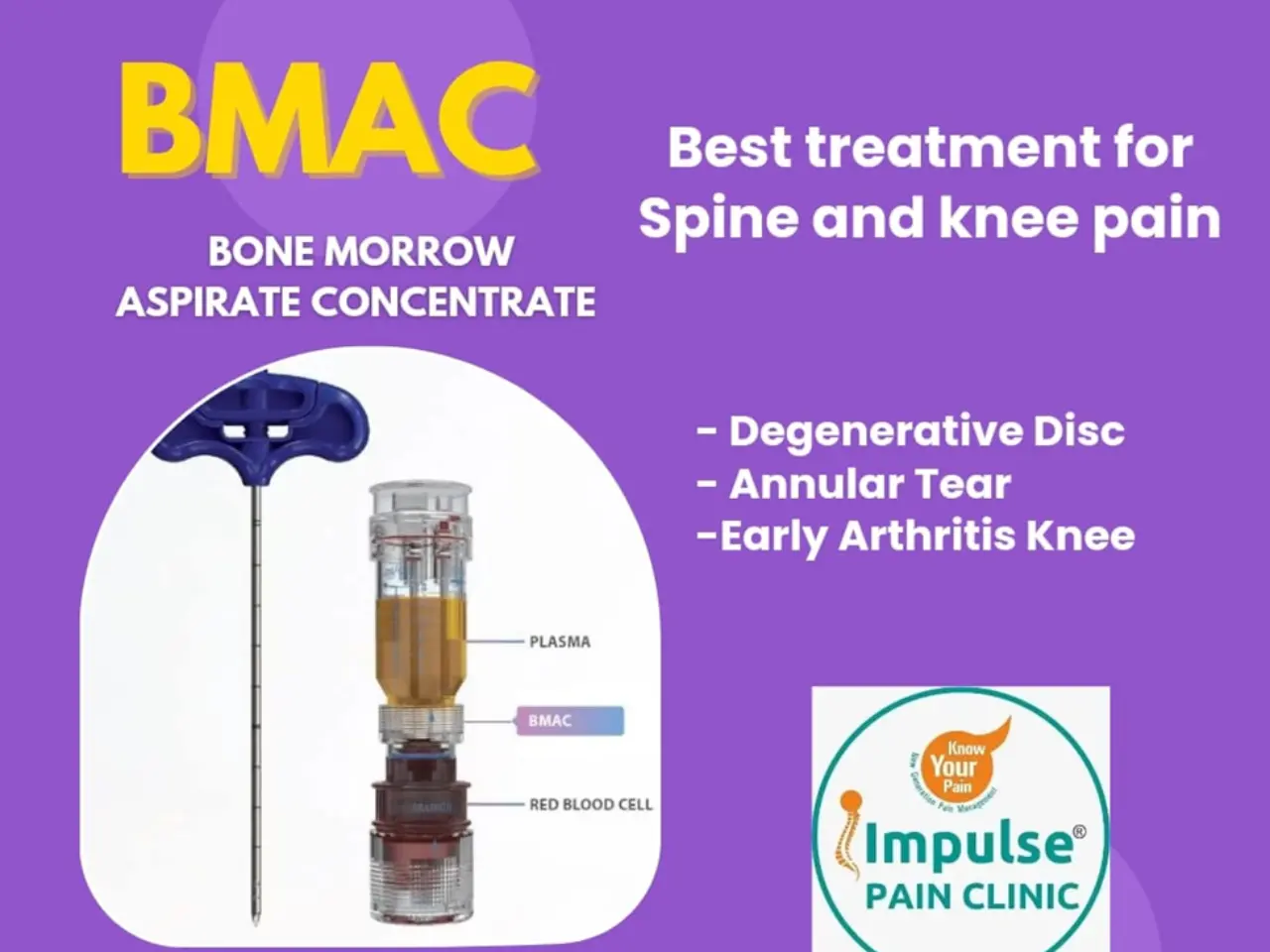
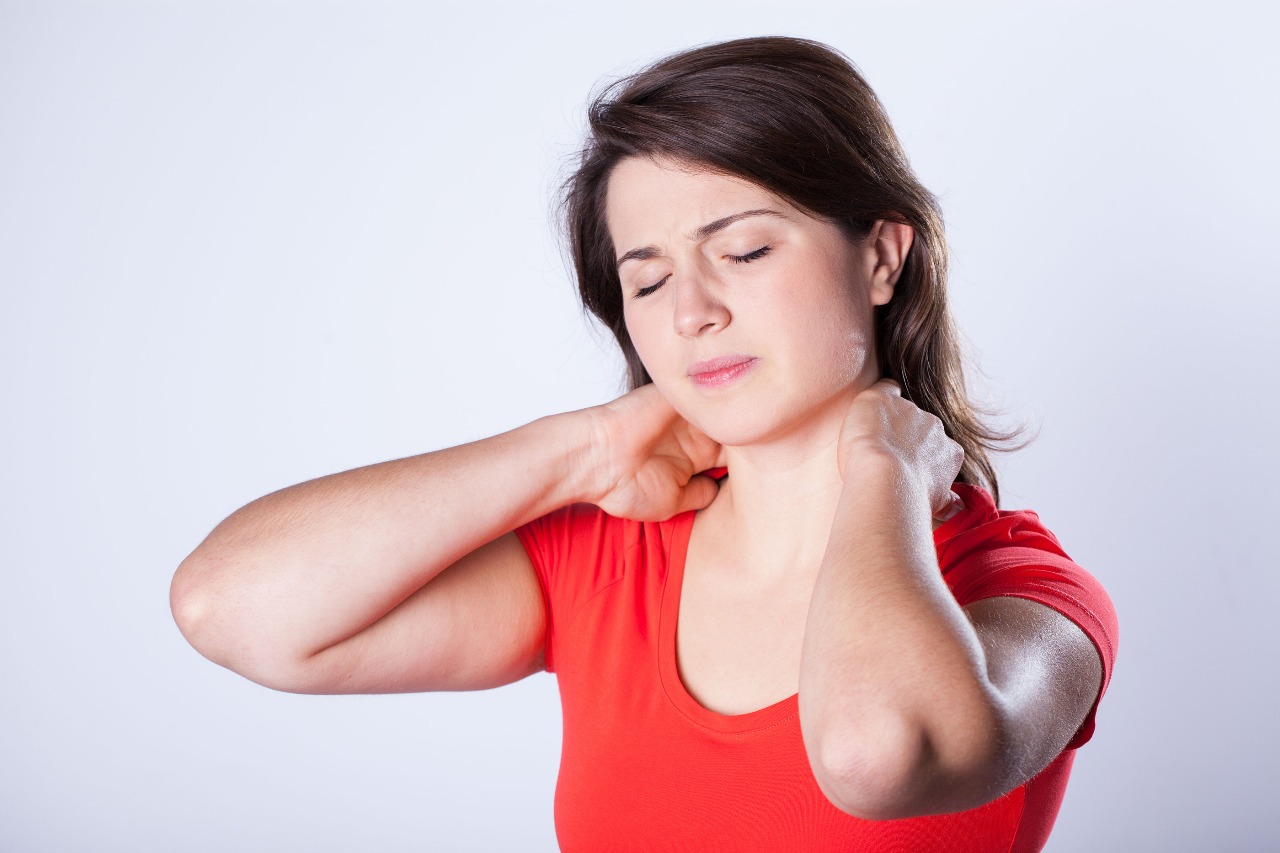

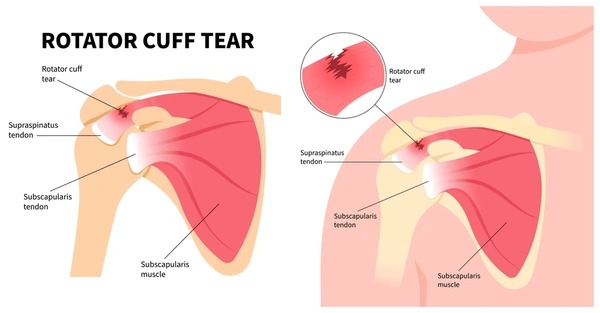

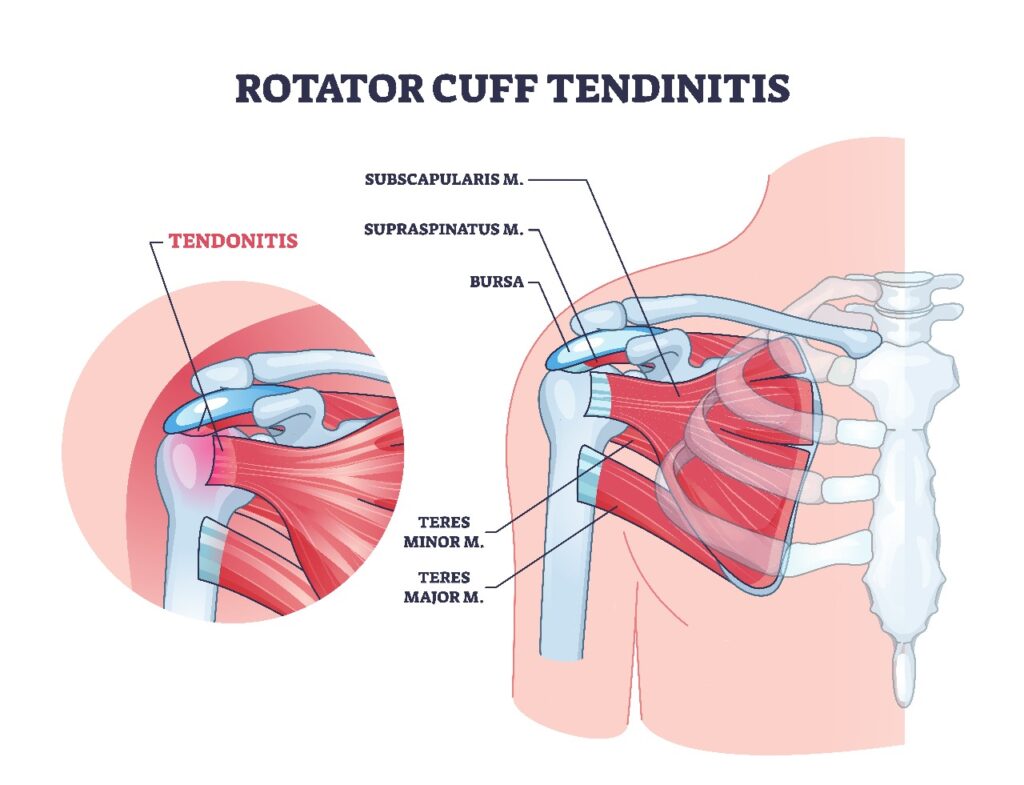
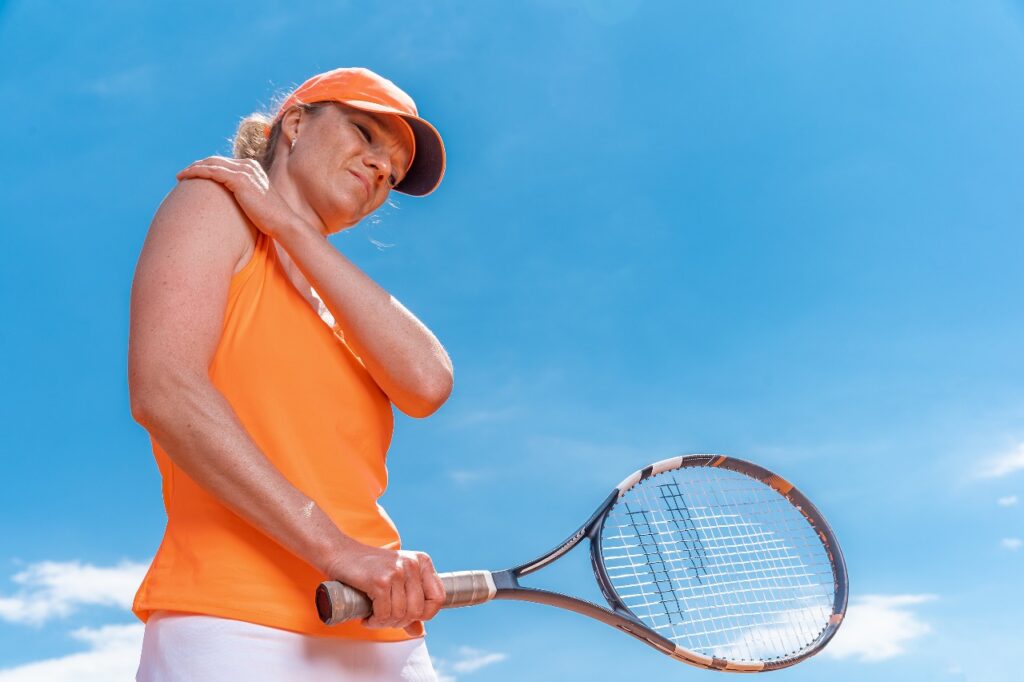
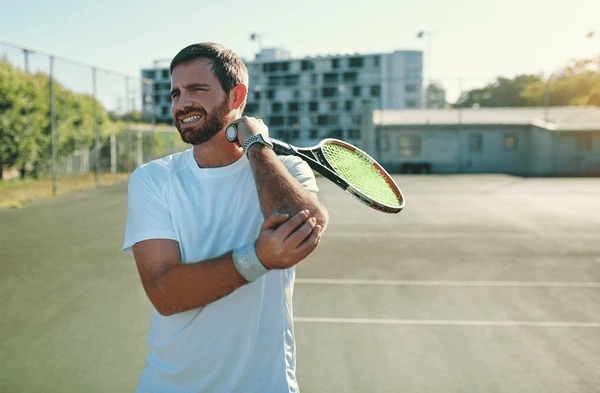
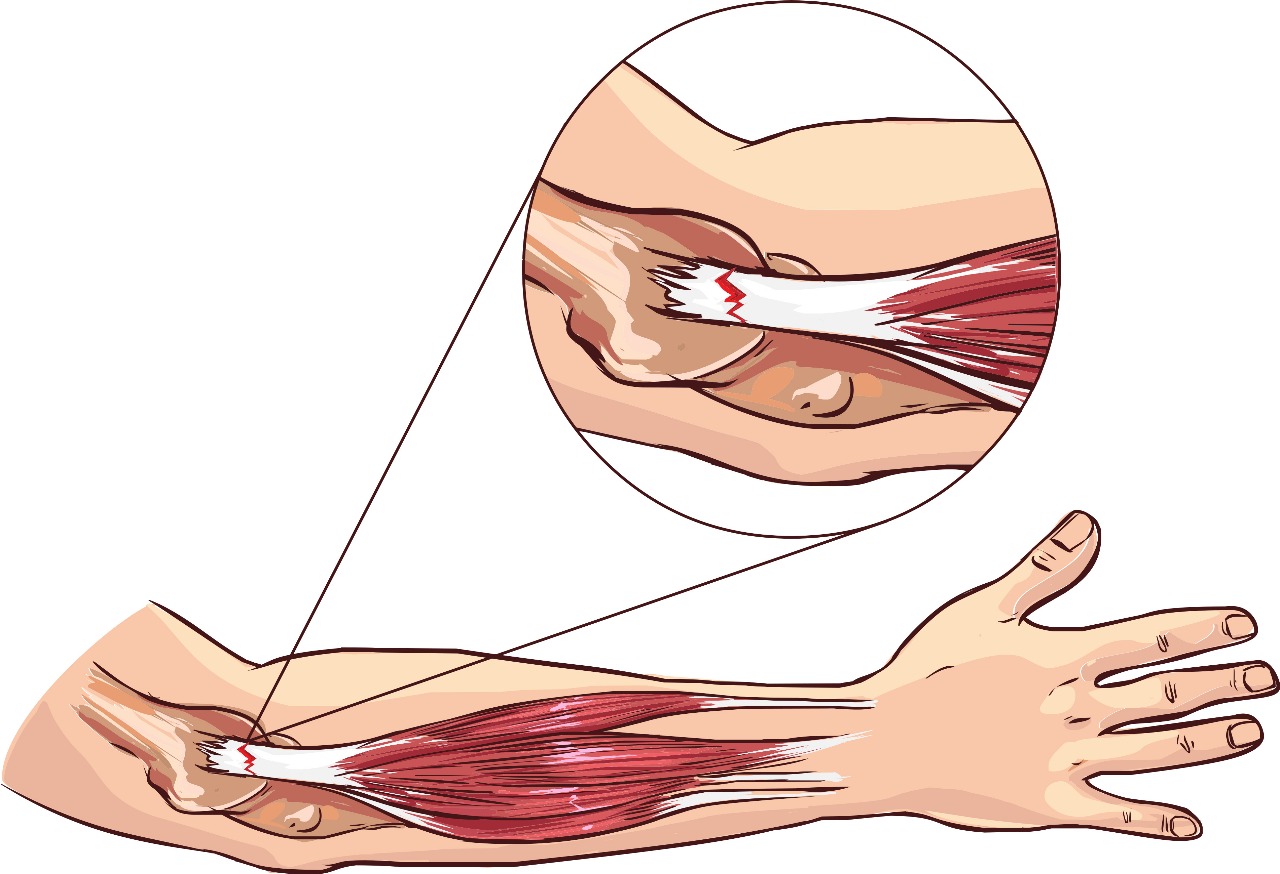
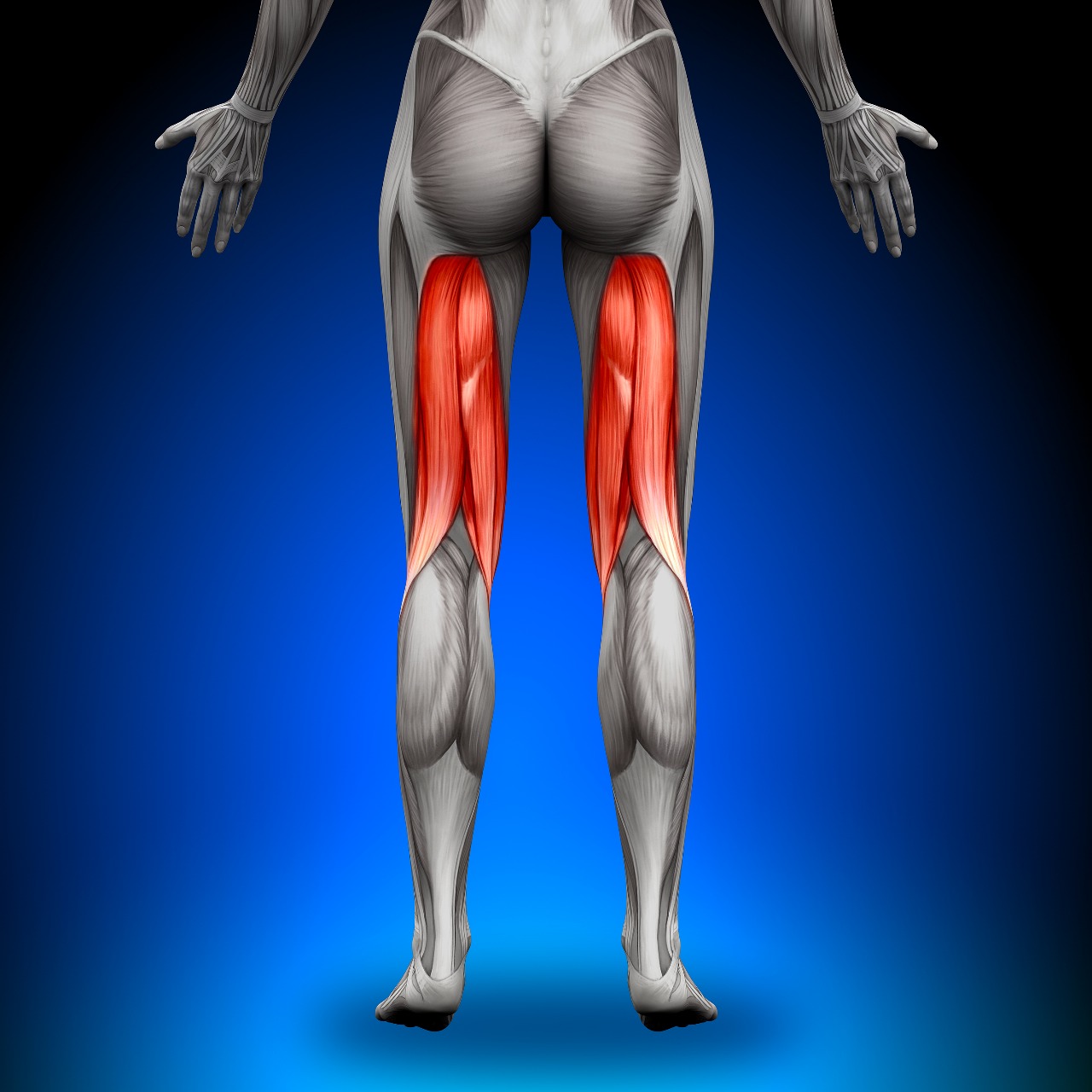


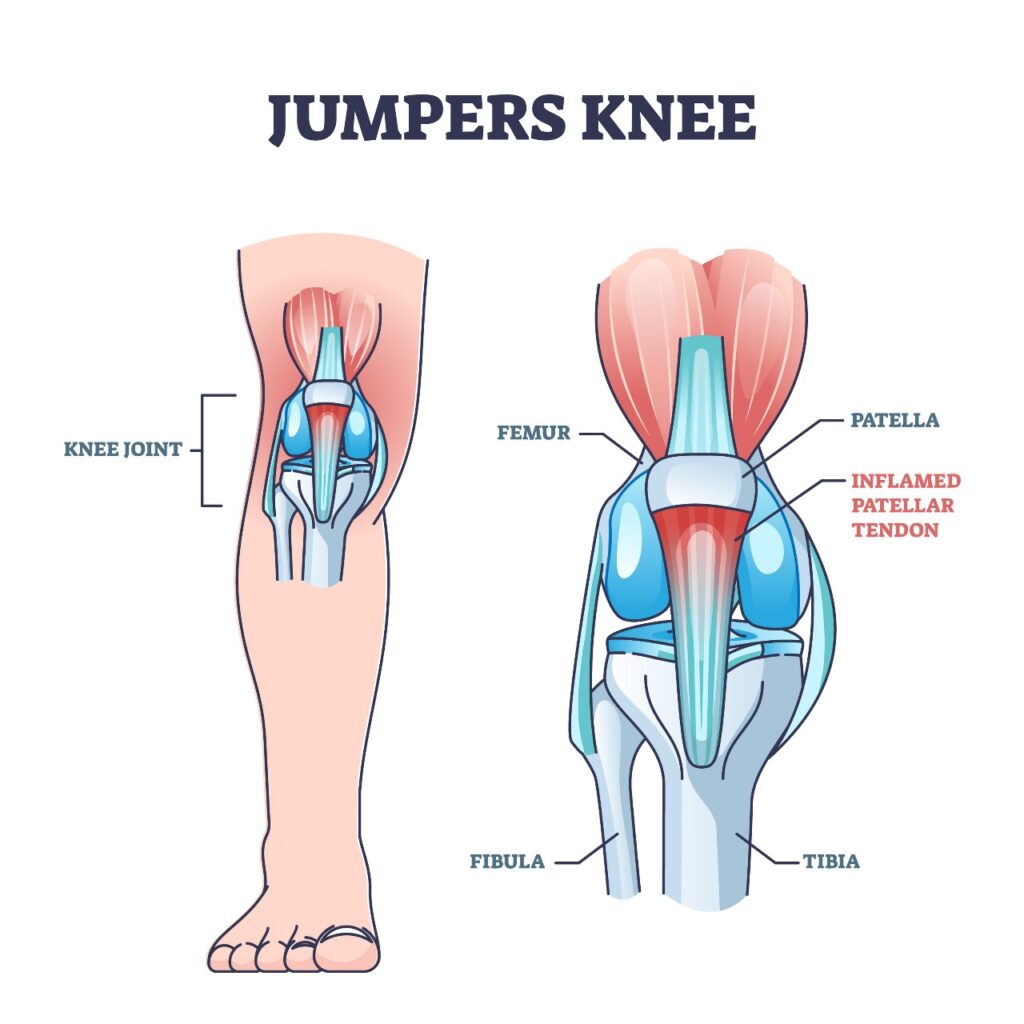
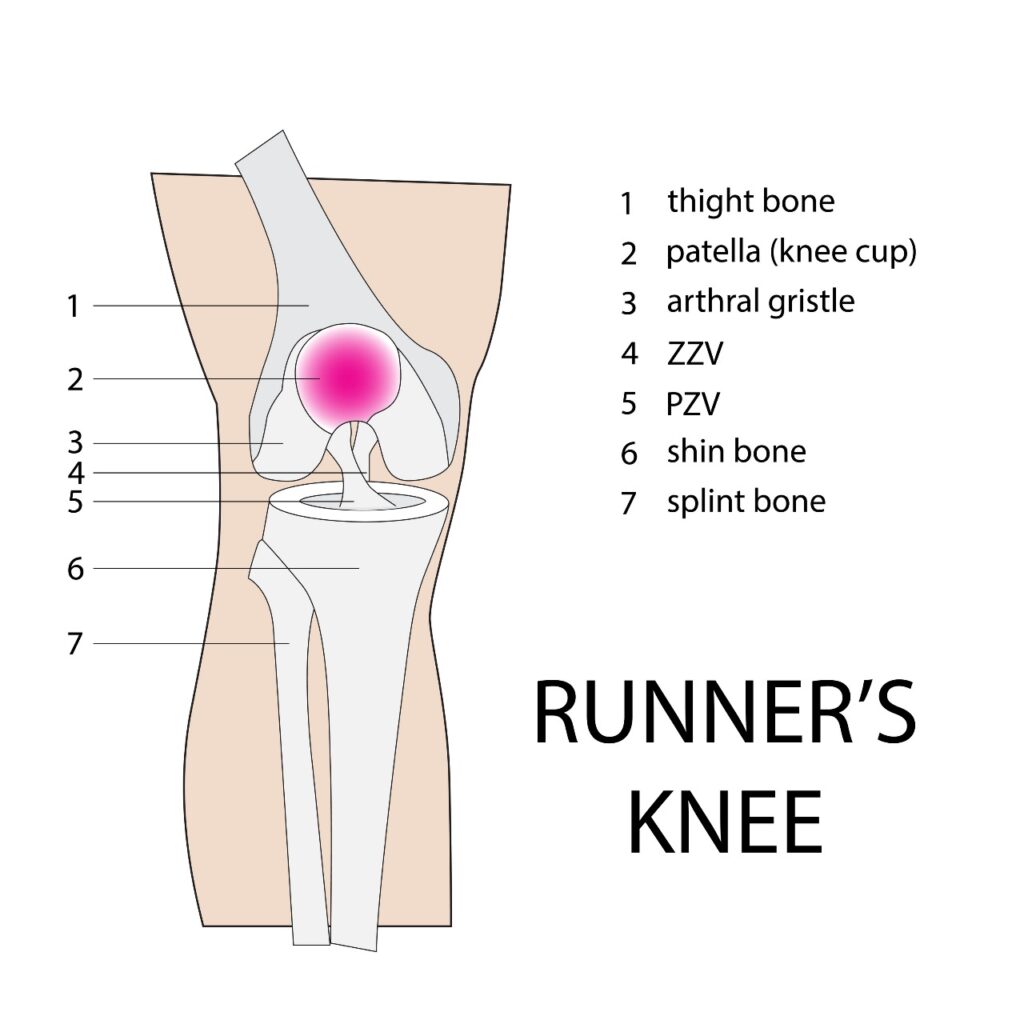
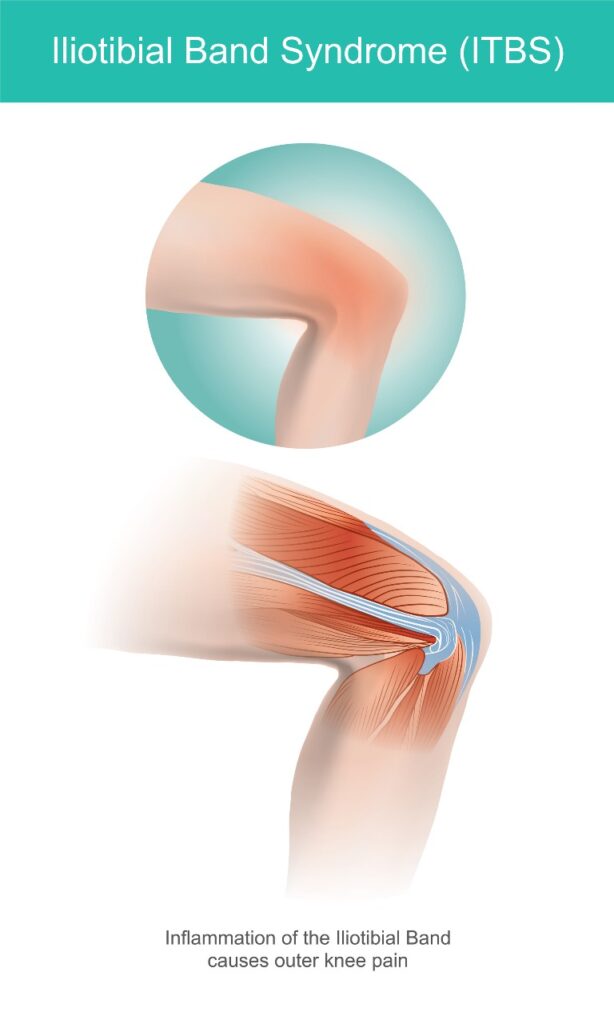
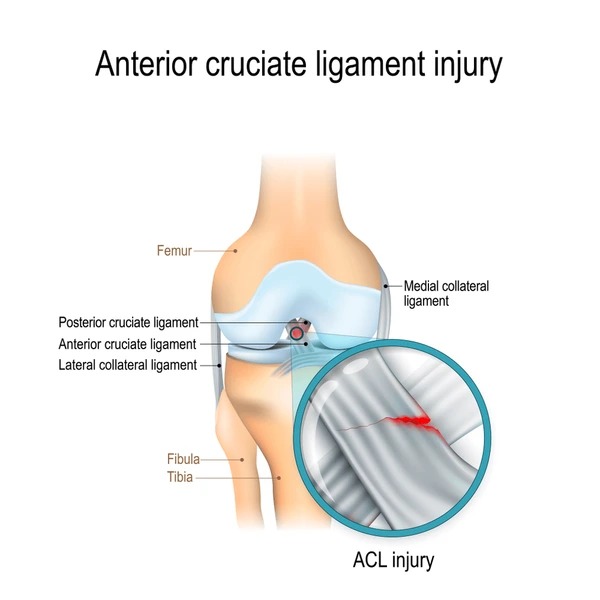
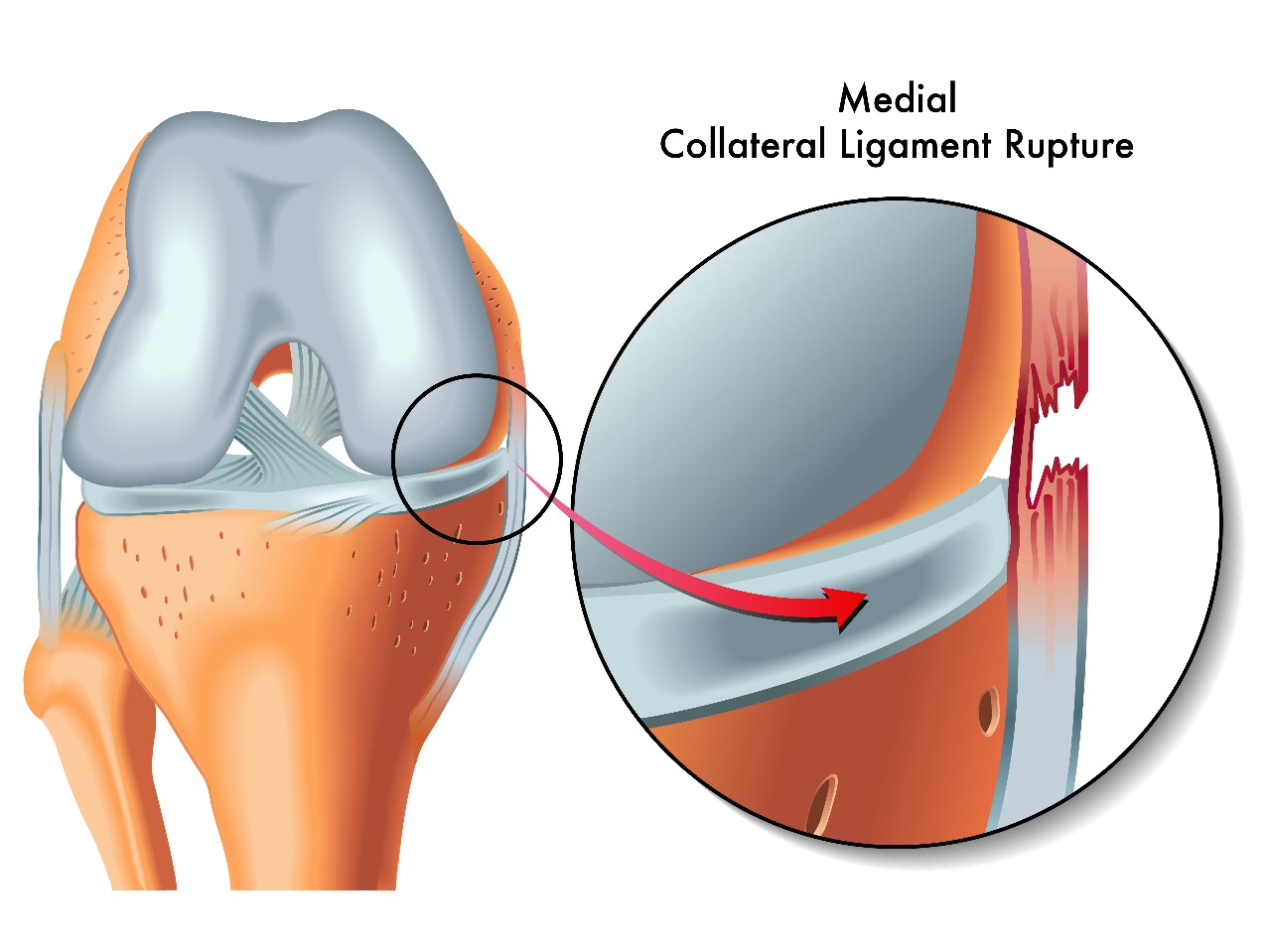
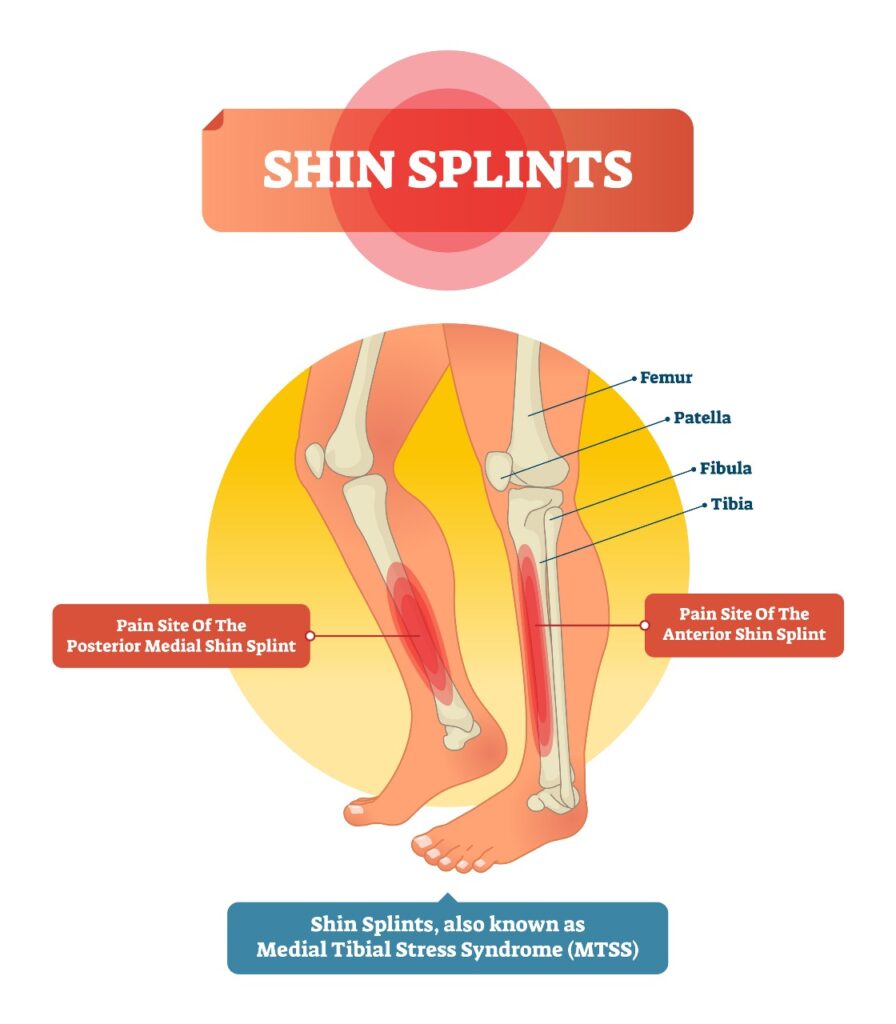

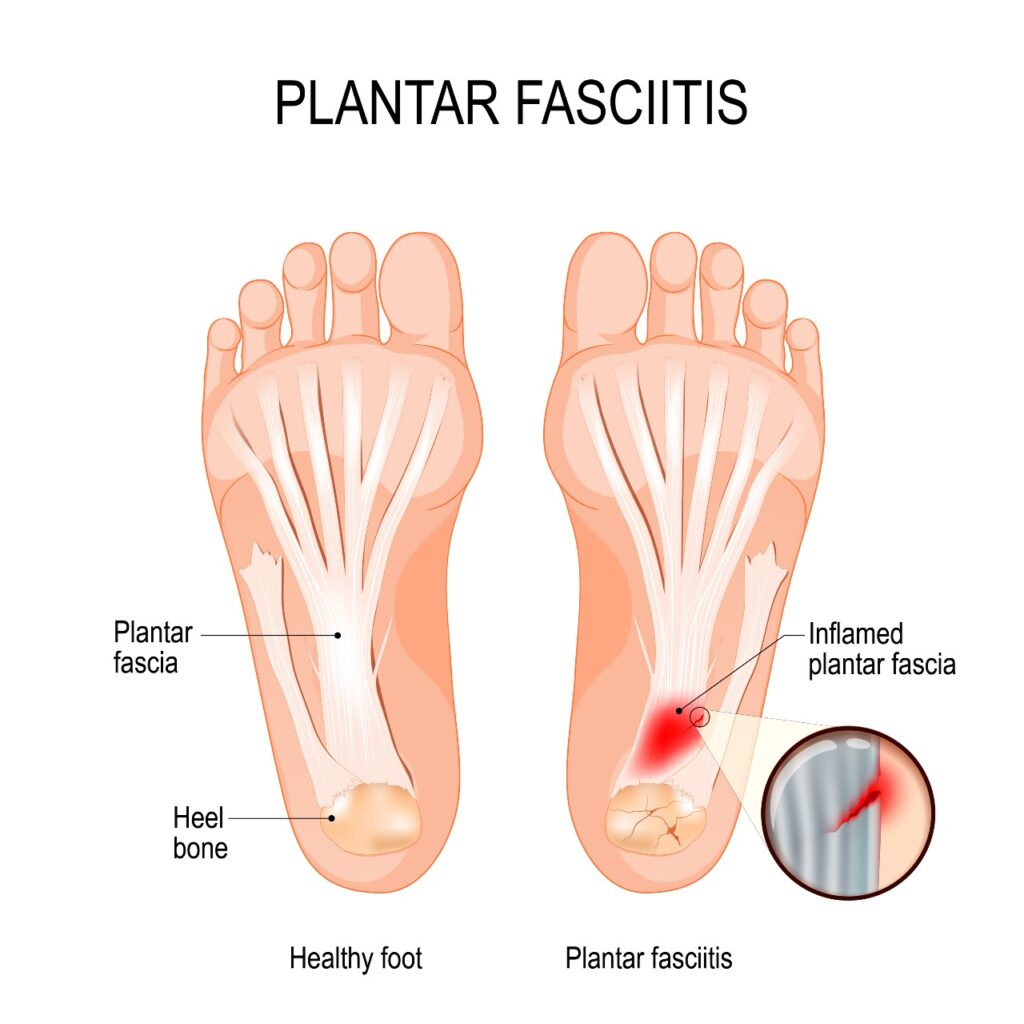
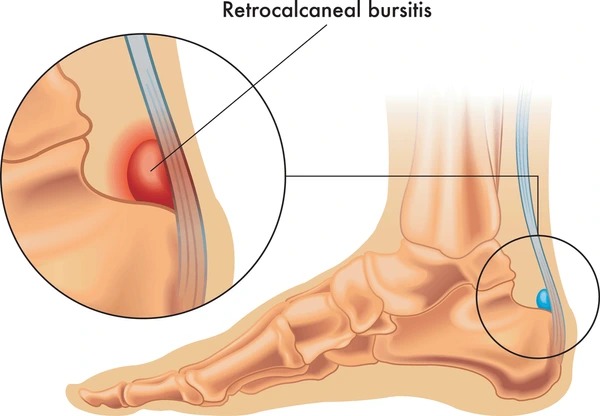
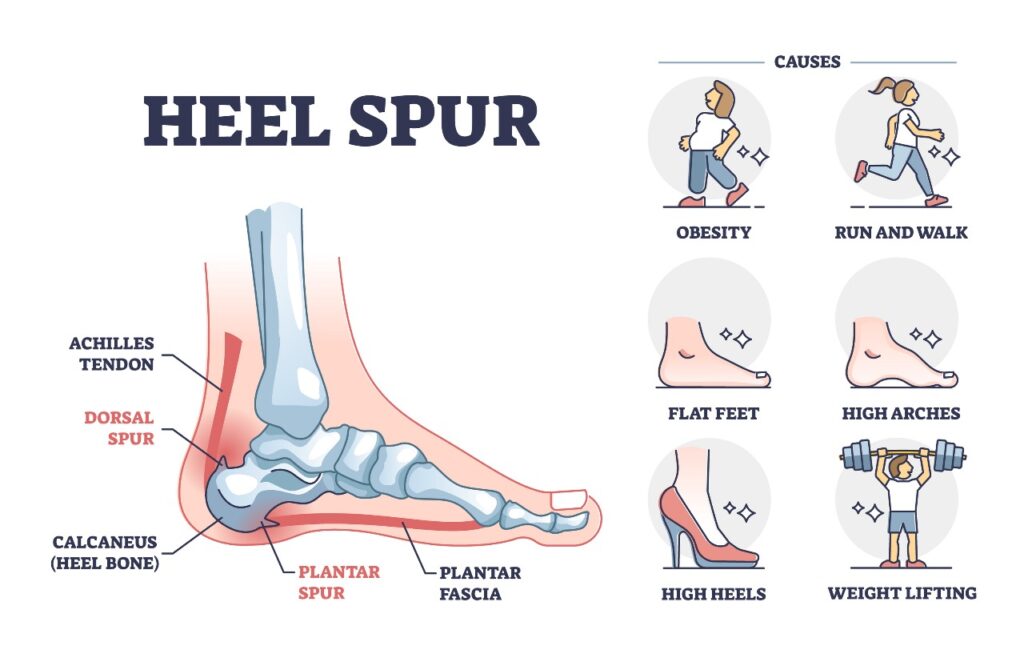
- Simple and safe treatment
- Not have major complication or side effects
- Approved treatment by world anti-doping agency (WADA)
- Totally biological treatment - No steroid
- Enhance tissue healing and faster recovery for sports activity
Biologics (PRP & BMAC) can be repeated after 3 to 4 weeks if the patient is not fully cured. Many musculotendinous pains required more than one sittings for fully cured.
